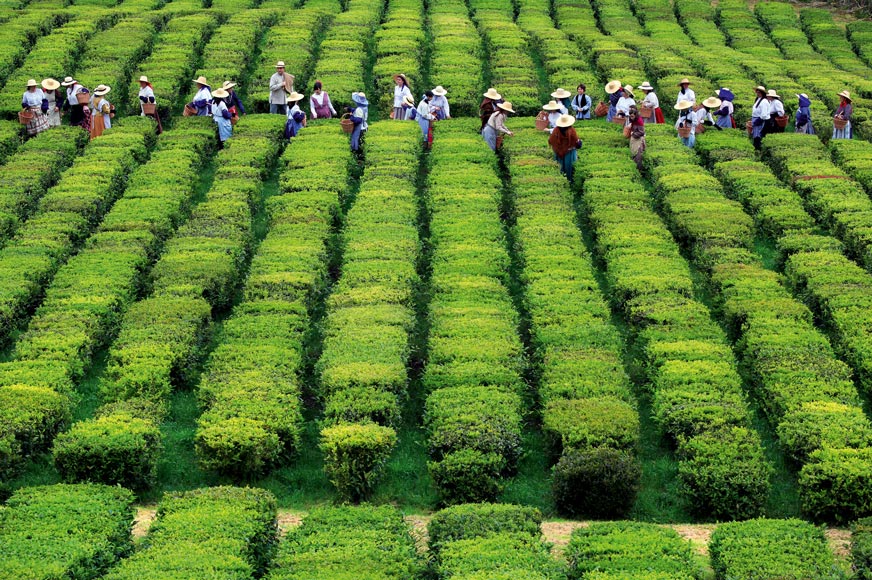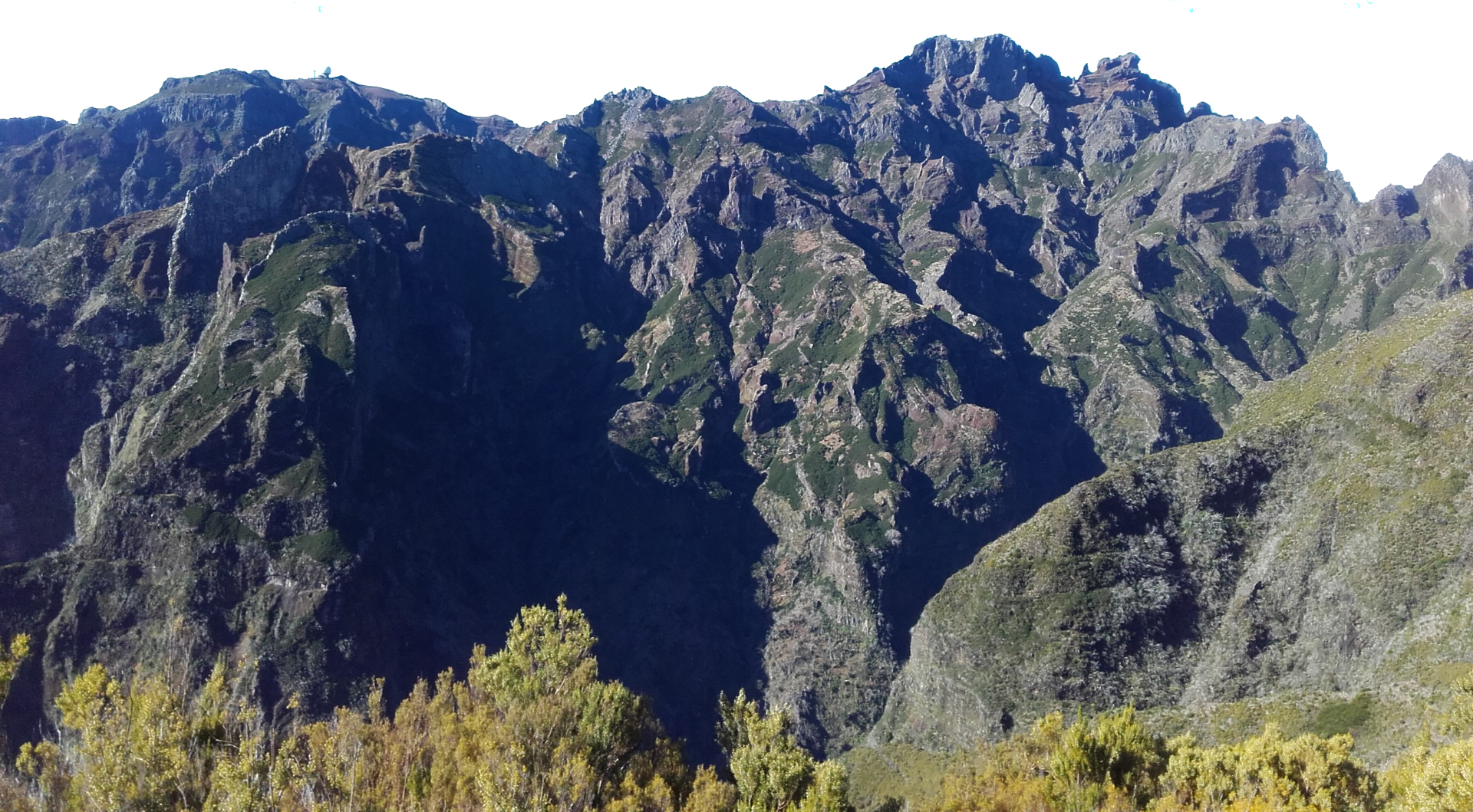The island of Sao Miguel
Measuring 62km in length and 16km in width, Sao Miguel is the largest island of the archipelago. The surface area is 745km² and is home to over half of the entire population of the Azores. Sao Miguel forms a part of the Eastern group of islands along with Santa Maria, 81km away. The highest point on the island is the Pico da Vara, standing at 1105m above sea level. The Portuguese navigators discovered the island of Sao Miguel just after the discovery of Santa Maria in 1430. Sao Miguel was at first populated by the Portuguese arriving from Northern Portugal and developed thanks to the agriculture of cereal & oranges and then later, tobacco, tea, and pineapple.
Azores walking trip: discovering Ponta Delgada
Ponta Delgada is today the administrative capital of the Azores but was once a small fishing village that was then erected as a city after the earthquake of 1522, which destroyed the former capital Vila Franca do Campo. The city is dotted with religious buildings, witnesses to the past and you can admire many 17th and 18th century baroque style monuments on your self-guided walking tour of the Azores. The Porto do Mar with its 3 arches are the symbol of the city.
Visit the tea plantations on your Azores walking holiday
Tea arrived on Sao Miguel at the start of the 19th century and it was in 1874 that its cultivation began under the impetus of Jose do Canto (a Portuguese landowner and botanist) assisted by two Chinese from Macau whom he invited to assist him. Today it is on the north coast of São Miguel that you will find the only two tea plantations in Europe: The "Gorreana" plantation and the "Porto Formoso" plantation. These two plantations represent only a few acres of land and thus the teas produced are rare. The Gorreana plantation, for example, covers just 32 acres and produces only 33 tonnes of tea per year. A small part of it is destined for the Azores market, while the rest is exported to mainland Portugal, Germany, the United States, Canada, Austria, France, Italy, Brazil, Angola, Japan and many other countries that focus on quality.
The tea from the Azores is very characteristic due to the geographical position of the Azores: situated in the middle of the Atlantic Ocean and sheltered from any pollution and due to the quality of the soil. The conditions are in fact perfect: a mild and humid climate, clay, acid, and mineral-rich soil and, of course, sea spray that falls on the plantations. In addition to this, traditional cultivation methods and ancestral production methods (with Marshall machines dating back to 1840) are used. No herbicides, pesticides, fungicides, or preservatives are used here. On this island, the cultivation of organic tea takes on its full meaning.
The harvest takes place between April and September. Every year on May 1st, the Porto Formoso plantation organises a great festival depicting the traditional harvest done by hand and in costume.
Everything you need to know about pineapples on your Azores walking stay.
Brought back from South America in the 19th century as a decorative plant, the cultivation of pineapple quickly established itself as an economically interesting alternative to the orange. Pineapples are grown in rectangular greenhouses, covered with white painted glass to avoid direct contact with the sun. The greenhouses form a two-pitched roof with a 33º slope and are heated by the sun. It takes about a year and a half to produce a pineapple. There are two greenhouses on Sao Miguel: one near Ponta Delgada on the south coast, and the other on the north coast near Ribeira Grande. An interesting and educational discovery on your self-guided Azores walking tour.
Click here to see our selection of walking holidays in the Azores
* Photo copyright - Publicor




